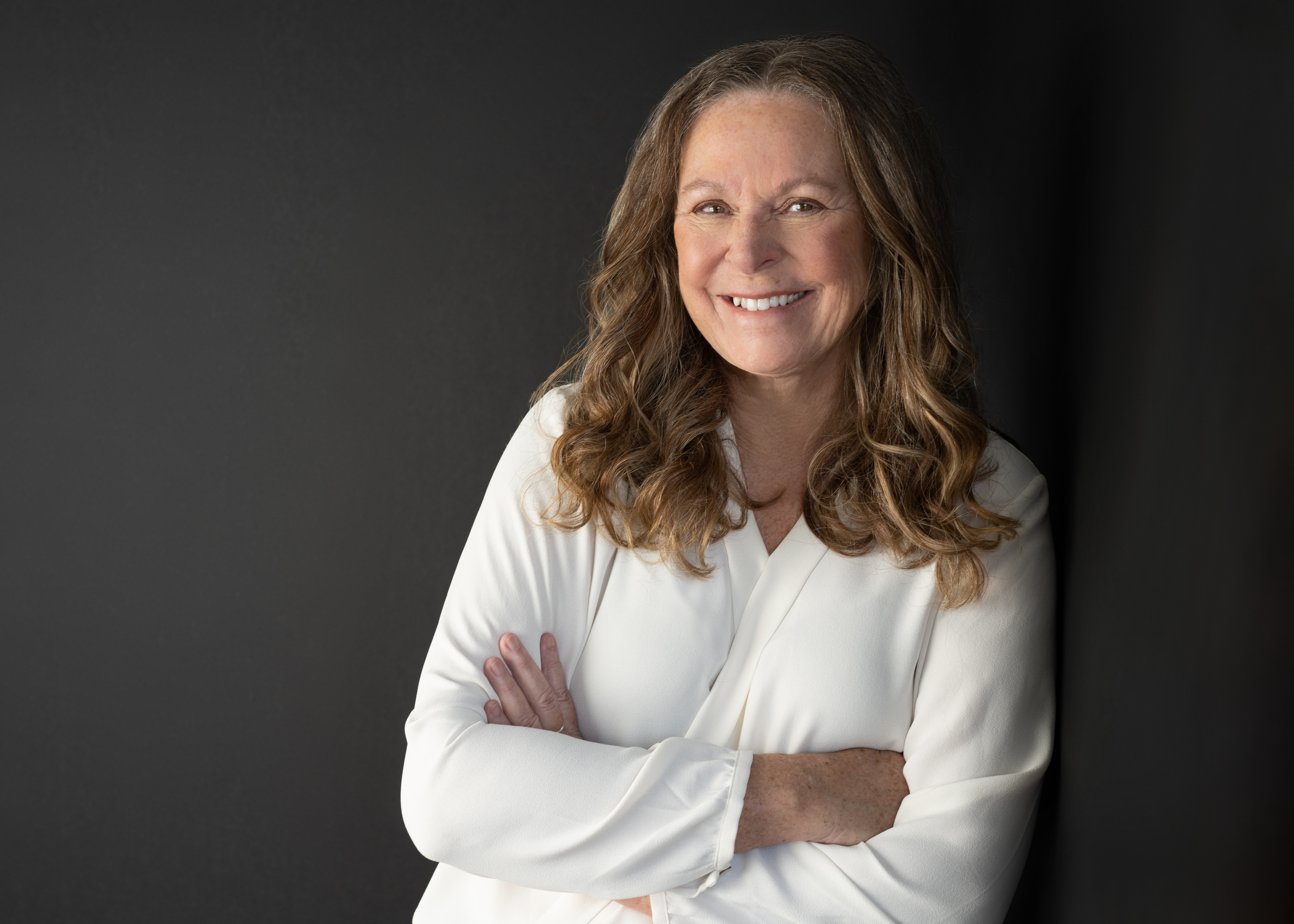Celebrating Value Analysis Week with Experts from Cedars-Sinai, RWJBarnabas, and Health First


Value Analysis Week, created by the Association of Healthcare Value Analysis Professionals (AHVAP), focuses on the importance of making informed decisions that drive positive patient outcomes and strong financial stewardship in healthcare organizations. It is also a time to build connections among the value analysis community and touch on the complex challenges that supply chain teams have come face-to-face with across the country.
As former AHVAP president, I was excited to sit down with value analysis experts from Cedars-Sinai, RWJBarnabas Health, and Health First to celebrate Value Analysis Week as part of a roundtable discussion to address hot topics from standardization initiatives to the evolving role of value analysis professionals following the pandemic.
Addressing Inflation and Communicating Value
One of the top threats healthcare organizations face today is financial pressures. As a result, leadership teams are focused on finding ways to drive more revenue, efficiencies, and optimize healthcare operations to combat inflation, rising labor and supply costs. Value analysis professionals today are central to that effort and it is an ongoing priority to communicate value throughout their organizations to mitigate the most pressing challenges that demand critical attention:
Inflationary pressures
To spotlight a few recent examples that show hospital pressures and the impact of inflation and supply costs, findings show that hospital margins in January and February 2023 hovered at -1%, following persistent negative margins throughout last year. Meanwhile, hospital supply expenses per patient increased 18.5% between 2019 and 2022, outpacing increases in inflation by nearly 30%.
The value analysis process has been dramatically impacted by cost reduction priorities and margin pressures as represented in a poll conducted during the roundtable: 73% of respondents said that they were extremely impacted by these priorities, 25% were impacted and only 2% said they were not impacted.
Product shortages and utilization demands
According to research from The Advisory Board in The New Health Care Supply Chain Mandate, 93% of provider executives report they are still experiencing product shortages. We found during our live roundtable, 56% of respondents reported their teams are still extremely impacted by shortages, showing the importance of sharing best practices and finding solutions.
Staffing and capacity challenges also pose a problem. Value analysis teams must do more with less and find effective ways to communicate value across their organizations.
What is value analysis?
Despite misconceptions, value analysis doesn’t mean selecting cheaper products. Rather, it’s a larger conversation around matching the right product to the right patient’s need and addressing the decision through the lens of quality.
• Cassie Vargas, System Director Clinical Quality Value Analysis and Strategic Sourcing for Health First shared, “Evangelizing, getting people to connect the dots to value in their everyday lives, and transparency are the things I use to help spread the word that it’s not the cheapest product we’re looking for. Rather, we’re looking for the best value.” Ultimately, communicating value is key.
• Suchi Injati, Executive Director Sourcing and Value Analysis for Cedars-Sinai noted that value can mean different things to different populations. “Value for a clinician is about patient care, and for patients, it’s about their experience; for a nursing leader, it’s about safety, and for someone who is coming from sourcing and value analysis leadership like myself, it may be about financial stewardship.”
Ultimately, value analysis is as much about collaboration as it is analyzing value. Financial stewardship must be a collective responsibility and an experience that doesn’t limit participation to a few select seats.
Clinician engagement is critical
Value analysis is not a noun, it has to be an action verb. It has to be a way that you do business to make sure everybody feels like they’re part of the process. In my 30+ years of experience, it’s absolutely the number one key to success.
When thinking about value analysis as a verb, clinical integration, engagement and transparency are cornerstone priorities.
Vargas noted her experience with data, process, and transparency, “It really is a bidirectional flow of information to make sure all the way up to the top, everybody is engaged, and they understand the process and the reason why they made those decisions. It wasn’t just “doctor so and so likes this vendor,” and so that’s why they got chosen. We have a standard approach to how we evaluate everything from new product requests as well as sourcing events.”
Mary Twomey, Vice President, Clinical Resource Management, has the responsibility of expanding her program to standardize products, processes, and practices across RWJBarnabas Health’s twelve acute care facilities. To do that, engagement has been a necessity. One practical way Twomey is promoting physician engagement is through the creation of Integrated Leadership Groups (ILGs).
“ILGs are specific to clinical areas and they’re physician-led and driven. Products are brought to those integrated leadership groups, and it’s a very healthy physician-to-physician discussion,” said Twomey.
"These ILGs ask strategic questions and address foundational product evaluation data such as clinical evidence and financial impact. We definitely engage from the top down, and it’s been very helpful.”
Disruption, financial stewardship, and collective decision making
For a period, supply chain issues were all over the news. And while they now have less airtime, value analysis teams are still in constant battle to protect patient care despite shortages and rising rates of recalls, which have “gone through the roof,” according to Vargas. Injati empathized with exhausted teams, “One of the things that I have seen is supply chain hasn’t gotten a break at all. First COVID, inflation hits, then shortages, and we continue the fight.” When it comes to looking forward, as Twomey put it, “We have to help solve problems before you even know you have them,” so that clinicians have the tools they need to give excellent care.
Once COVID restrictions lifted, teams were met with an influx of product requests with two years of stalled requests flooding in. Both Vargas and Injati made the strategic decision to pause new product requests for a period to help focus on financial stewardship and mitigate the noise.
Ultimately, there is always a need to balance financial responsibility with innovation to stay competitive. That’s where clinical alignment and transparency are critical to success to stay in lockstep and make strategic decisions together. Ultimately, nobody likes change, but remaining flexible and transparent can help bridge the gap and creates the space to go back to the drawing board when necessary.
Despite the pandemic-fueled financial, staffing, and shortage challenges that permeated supply chains across the country, there is a silver lining.
During the pandemic, hospitals didn’t have the ability to make conservative spending decisions. But with material shortages across multiple different clinical areas, physicians, in addition to supply chain, had to roll up their sleeves, stay flexible, and pitch in. With shrinking margins putting pressure on hospital supply chains, teams are regrouping to creatively address fiscal responsibility, such as looking into categories that weren’t touched pre-pandemic or trialing new products to consider making a change. With these activities, physicians are more involved than ever coming out of the pandemic. As Twomey emphasized, “Now clinicians take it seriously.” Participation and engagement are heightened.
Injati echoed that there is hope, referring to the clinicians at Cedars-Sinai as her superheroes. ”One thing that has changed is the clinician mindset. The concept of clinically integrated strategic sourcing has a new meaning now. It’s the clinicians helping us with the selection criteria with both vendors and technologies.”
Evolving roles of value analysis teams
As we say goodbye to another Value Analysis Week, it is clear that for value analysis teams today and in the future, the scope of their roles and expectations are changing.
During our live roundtable, we found that 67% of respondents reported that the scope of their value analysis responsibilities has been extremely impacted since the pandemic. Twomey echoed this finding, “Our roles have evolved, and it’s been an evolution of necessity.”
With the influx of traveling clinicians and new nursing staff, one way value analysis teams have expanded their scope is the need to closely align with educational priorities to ensure clinicians understand changes to safely care for patients. Vargas expressed, “Value analysis has expanded to be the bridge from the supply chain to the rest of the organization.”
When reflecting on the evolving scope of value analysis teams, their role is no longer just about new product introduction. Rather, they are partners across education, operational, clinical, supply, and financial functions to elevate value across the ecosystem.
In closing , I want to extend a heartfelt thank you to all the value analysis professionals for their commitment to collaborative, evidence-based decision making that drives lasting impact across their organizations.
Interested in learning more about value analysis solutions that promote physician engagement and equip supply chain teams with the tools needed to make evidence-based decisions?

